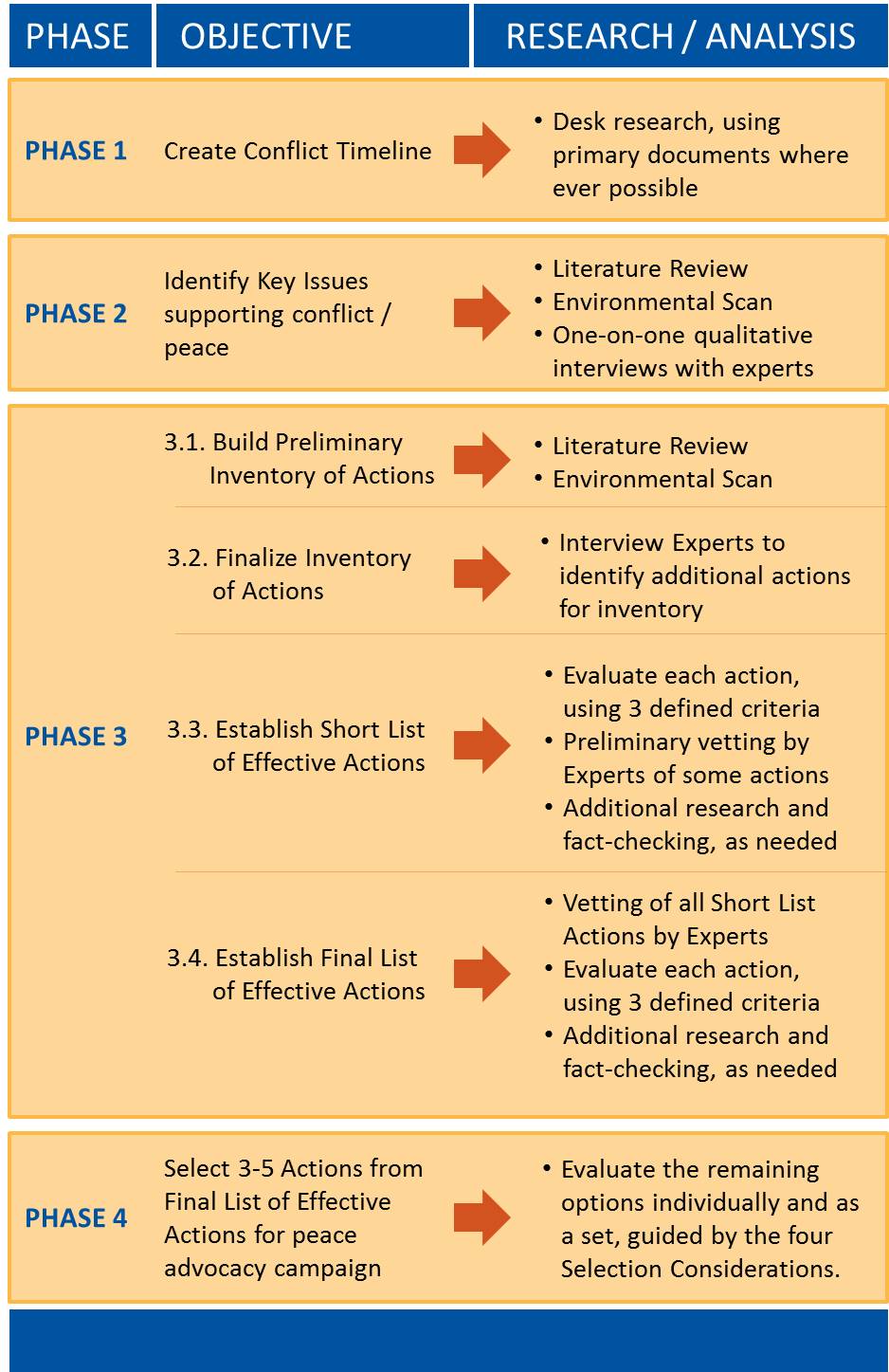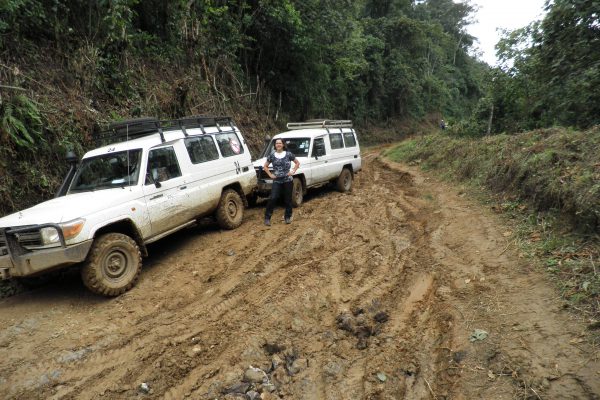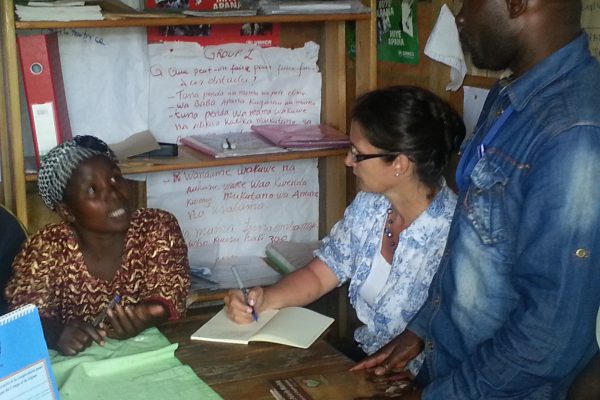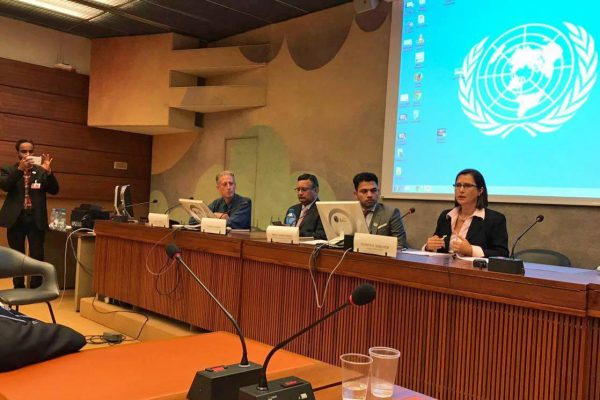CONFLICT RESOLUTION METHODOLOGY
The Pragmora Method is a rigorous research and analytic methodology for identifying the nonviolent interventions most likely to contribute substantially to conflict resolution if implemented, and most likely to be implemented if effectively advocated.
This is not an academic exercise. Getting real world results is built right into the methodology. The Pragmora Method identifies decision-makers who have both the interest and authority to implement the recommended actions, or who can directly influence those decision-makers – in government, international or local organizations, activist groups, media, or the private sector.
The Institute takes responsibility not only for research, analysis, and recommendations, but also for getting each specific recommendation implemented.

From research in remote villages to influence on the international stage.
STEP 1. CREATE CONFLICT TIMELINE
ADD ADD more stuff here more stuff here more stuff here more stuff here more stuff here more stuff here more stuff here more stuff here more stuff here more stuff here more stuff here
STEP 2. IDENTIFY KEY ISSUES SUSTAINING THE CONFLICT / SUPPORTIVE OF PEACE
ADD ADD more stuff here more stuff here more stuff here more stuff here more stuff here more stuff here more stuff here more stuff here more stuff here more stuff here more stuff here
STEP 3. INVENTORY ALL SUGGESTED NON-VIOLENT CONFLICT RESOLUTION MEASURES
STEP 4. APPLY THREE EVALUATION CRITERIA TO ELIMINATE NON-VIABLE OPTIONS
One core component of The Pragmora Process is the creation of an inventory of all suggested non-violent options for resolving the specific conflict. A second is the objective evaluation of the potential effectiveness of each of these options.
Throughout The Pragmora Process, options are vetted by diverse experts–both in the conflict region and internationally, using 3 evaluation criteria. It is important to hear the opinions of individual experts, but to determine the best policy options a comprehensive comparative analyses of those expert views is needed. The final selection of options to include in an advocacy campaign is informed by the Harvard Negotiation Project’s approach to “Getting to Yes.” //The thinking process behind evaluating the possibility of success is heavily informed by the Harvard Negotiation Project’s approach to “Getting to Yes.”
1. Could advocating this measure do harm?
Is there any way that an international advocacy campaign for this measure or the actual implementation of this measure could exacerbate a conflict, destabilize a situation, put lives at risk, or otherwise do harm?
2. Is there a possibility of success?
What is the likelihood that an international advocacy campaign could successfully influence or pressure decision-makers to implement the measure?
3. If implemented, to what extent would it foster peace?
Would it have a notable impact in helping to resolve the conflict and/or foster a stable peace?
STEP 5. CRITERIA AND CONSIDERATIONS FOR SELECTION OF ACTIONS
The short list of effective advocacy actions must be reduced to 3 – 6 actions for inclusion in a focused, manageable advocacy campaign.
In selecting the final advocacy actions, a number of factors are considered. They include:
- Don’t duplicate efforts.If there is already an advocacy effort underway on an action, it may be more effective to support and magnify that effort, rather than launch a parallel campaign.
- Target multiple sets of decision-makers in multiple organizations.The target decision-maker may have the authority to implement a number of the actions on the advocacy list, but an advocacy campaign is more likely to be successful if each decision-maker is asked to do just one thing.
- Ensure simple clear communications.Can the advocacy measure be made easily understandable for individuals who will participate in the campaign? If not, perhaps it isn’t the best choice for an advocacy campaign.

From research in remote villages to influence on the international stage.



